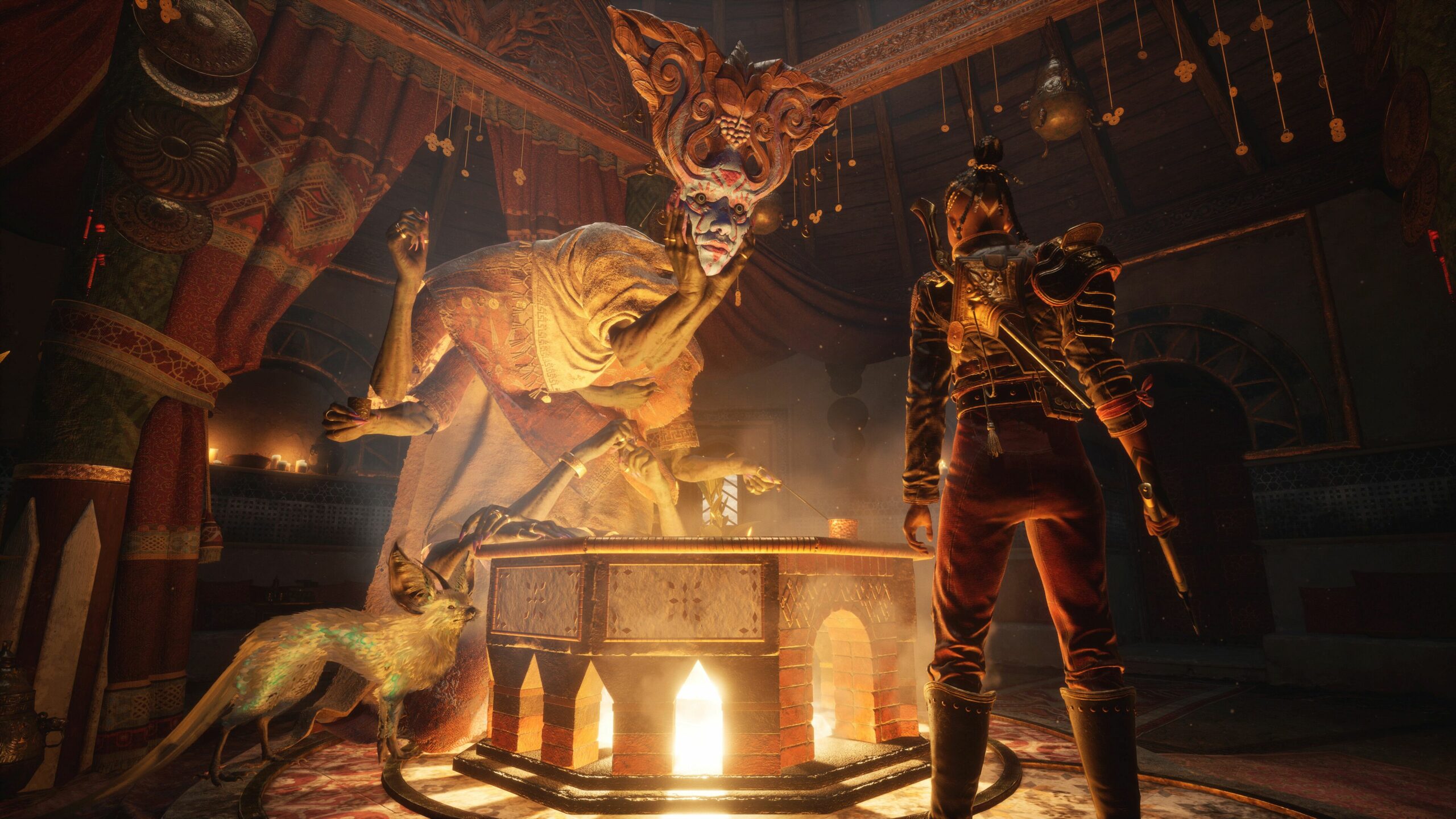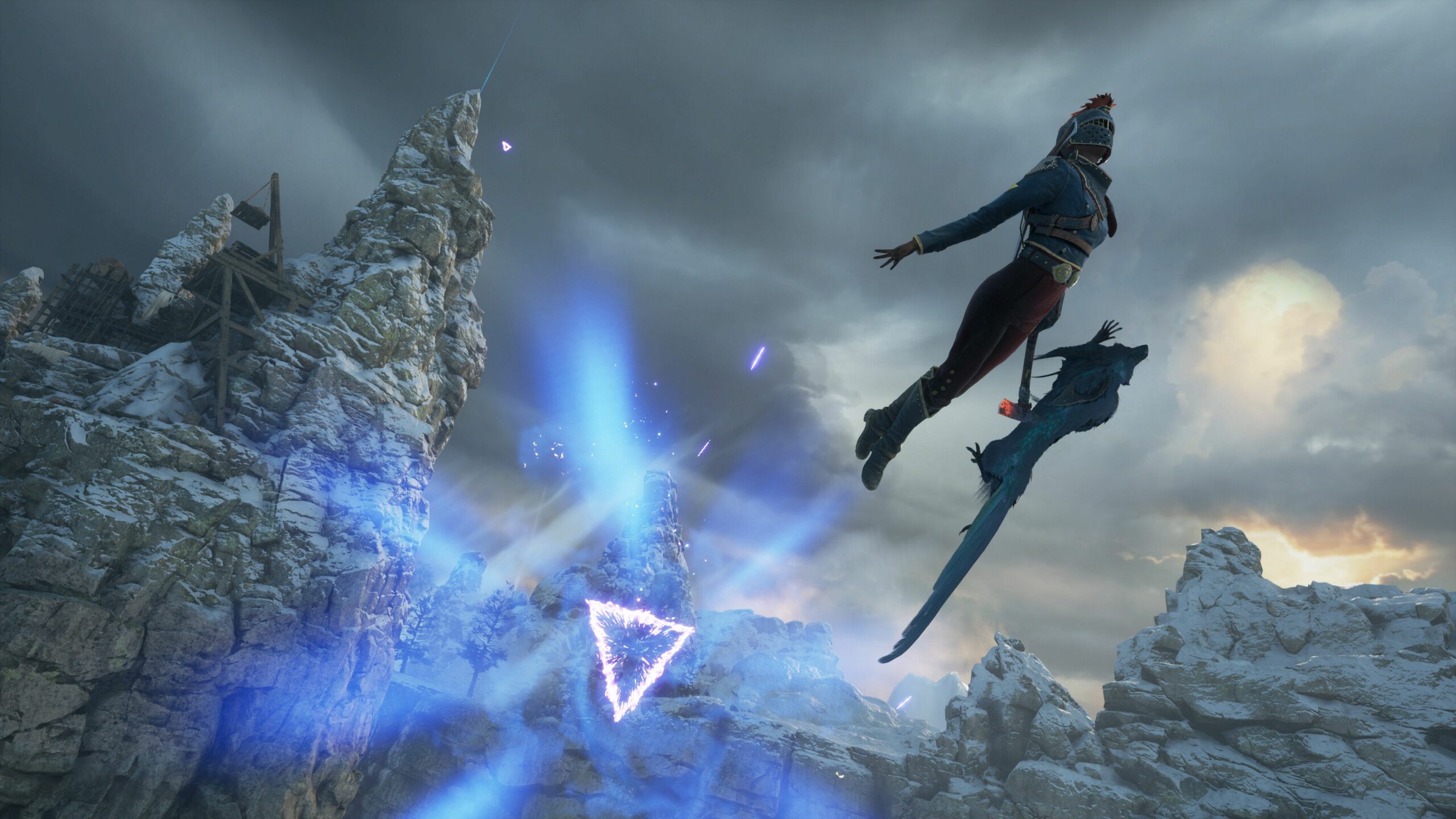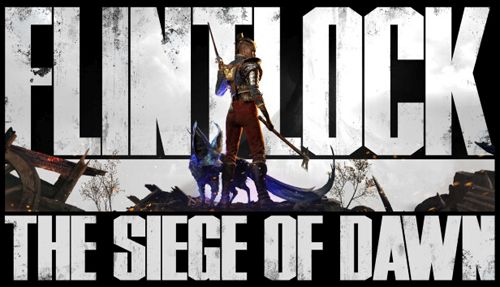Flintlock: The Siege of Dawn Review
A few years ago, I attended a developer presentation for a promising new Soulslike called Flintlock: The Siege of Dawn. It left me intrigued and impressed. The 18th century-ish setting checked some interesting boxes and the duo-protagonist mechanic looked cool. The magic and guns combo helped the fast-paced combat stand out. Fast forward to the game’s full release, and all I can say is, what happened along the way? Flintlock still has many good ideas at its core, maybe even better than good. But some of the polish and freshness is missing. Don’t stop reading, though. The news isn’t all bad.
Another Day, Another World to Save
I love games where the hero isn’t just saving the world from some suddenly appearing big bad. Unfortunately, Flintlock isn’t one of them. You play as Nor Vanak, whose land, called Kian, has been overrun by monstrosities. The gods have opened a supernatural portal and Nor’s mission is to rid the world of monsters and kill said gods. The premise is hardly fresh, but Flintlock might have something to say about killing off beliefs that are no longer useful.
There are RPGs where you hang on every delicious line of dialogue and dine on every scrap of lore. Then there are those games where you can’t hit the skip dialogue button fast enough. Flintlock is somewhere in between. I didn’t care much about, or even totally parse the story, but there are several interesting characters voiced by experienced actors. The biggest issue here is the game’s absolutely abysmal sound and audio mixing. It may be the worst I’ve heard in a good long while. There is a key character named Baz, an ally and merchant who helps guide Nor along her journey. His dialogue is mixed so poorly that it’s like trying to hear muffled voices through a wall. It reminded me of Seinfeld’s infamous “low talker.”

Foxy Companion
A pleasant exception is Nor’s foxlike god companion, Enki. The character of Enki is well-written, expressively acted, and easy to understand. There’s an emotional depth to both Enki and his relationship with Nor. Enki also provides the game’s most engaging mechanics. Enki has a growing array of magical powers he can use to assist Nor in combat, like applying status effects or levitating enemies. However, Enki isn’t like an Elden Ring spirit summons. He can’t defeat monsters on his own. Still, the fluid back-and-forth between Nor’s weapons and melee attacks synergizing with Enki’s magic really elevates combat.
Another strong and related element in Flintlock is traversal, especially the use of spirit gates. These allow Nor to teleport across distances. Combined with Nor’s more familiar abilities like double jumps and air dashes, platforming and movement are fun and rewarding. Disappointingly, fluid movement in melee combat is a mixed bag, as is close-up combat in general. Flintlock is partially indebted to Soulslike mechanics, but it lacks FromSoftware’s industry-standard polish. Parry timing is inconsistent and frustrating. Dodging feels janky. But, when everything comes together between Nor’s combos and Enki’s assists, the combat feels full of potential.
Enemies and bosses are a mixed bag in both design and difficulty. The trash mobs are brain dead and the elites rely on a fairly small number of attacks. Bosses fair a little better, with the final boss being weirdly one of the easier encounters. In general, combat doesn’t always require much creativity, but it’s there to play with if you want.

Risk/Reward
One of Flintlock’s genuine innovations is the ability to bank or spend reputation points, the game’s Soulslike currency. The longer you fight without taking a hit, the bigger your reward multiplier and the faster your XP grows. You can cash in at any point, but a single hit resets the system. This XP mechanic provides a genuine feeling of tension to even mundane combat encounters. NPCs out in the world provide temporary stat boosts as well. Reputation is important for leveling both Nor and Enki’s abilities in a relatively basic system that’s refreshingly not too decision-paralysis-inducing. Aside from the multiplier mechanic, Flintlock mixes in bits and bobs from Soulslikes and other action RPGs. Fast travel, healing shrines, and main and side quests work exactly the same as usual.
Flintlock takes place in an open-world-ish environment, but the story path forward is extremely directed and linear. That’s not necessarily a bad thing, of course. It can be nice not getting lost. Overall, Flintlock is a pretty hand-holdy experience. It’s one of those games where the levels never quite feel like they live in a real place but as constructs for a game, full of ledges that exist simply to be climbed by the player. To be clear, all games do this, but some hide the seams much better.
Flintlock doesn’t look terrible, but it does feel a bit like an underachiever in comparison to so many of its peers. This is especially apparent in lip-syncing and ineffective facial animations. I’ve already mentioned the poor audio design as it applies to dialogue, but the problems persist elsewhere out in the world. Flintlock’s score by Eric Hillman fares better. It’s a synthesis of orchestral and electronic cues that suggest both power and intimacy. It suffers from poor placement in the mix as well, which is a real shame.

Not So Bad It’s Good…but Also, Not Great
In the end, Flintlock: The Siege of Dawn has a lot of good ideas and the potential to be a standout ARPG. The problem is, that all those strengths are counterbalanced by issues that chip away at its quality. Good writing and acting, some interesting character dynamics, and fluid movement compete with bad sound mixing, janky combat, and inelegant level design. I think that in the end, Flintlock: The Siege of Dawn is worth playing, especially for casual RPG fans. Hardcore Soulslike players will find it harder to ignore the game’s missteps and flaws.
***Xbox code provided by the publisher for review***
The Good
- Fluid traversal mechanics
- Innovative XP system
- Interesting historical setting
- Duo combat with NPC ally
The Bad
- Atrocious sound design
- Dated graphics
- Janky melee combat
- Bland levels

